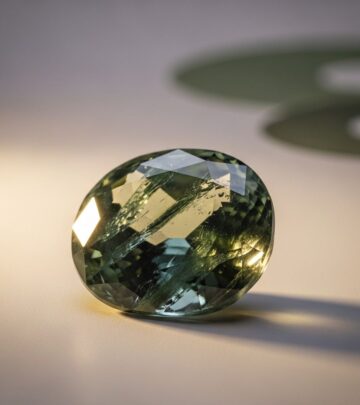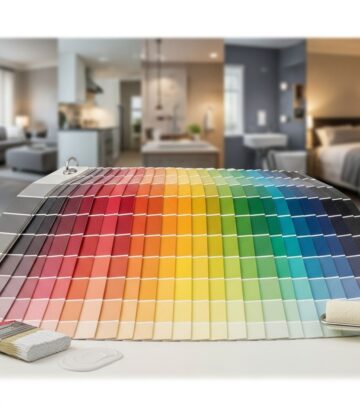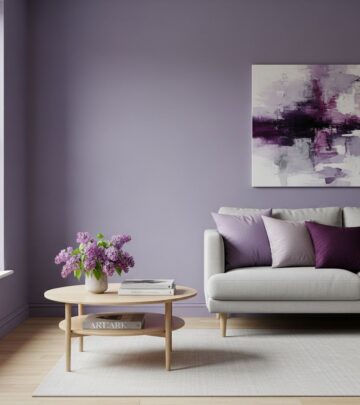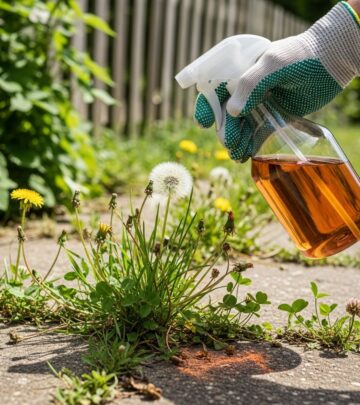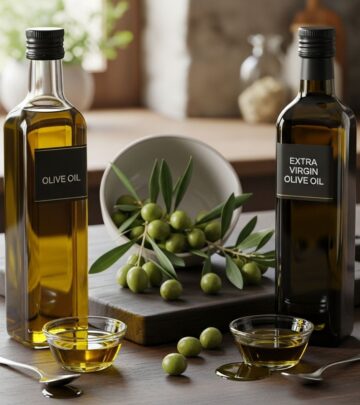Rose Color Meanings: 7 Symbolic Hues To Express Emotions
Discover the secret language of roses and what each beautiful hue symbolizes in the world of floral communication
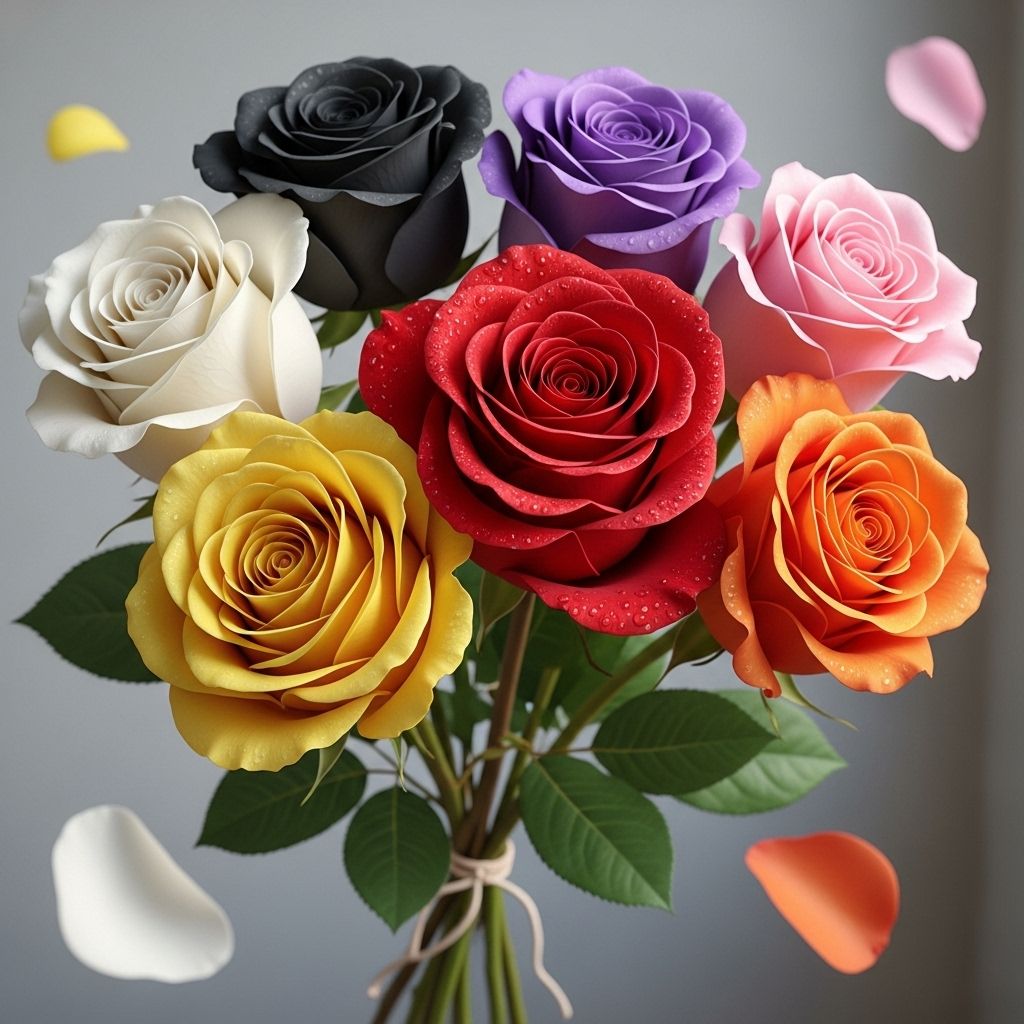
Image: HearthJunction Design Team
Roses have been the world’s favorite flowers for centuries, not just for their exquisite beauty and fragrance, but also for their ability to convey profound messages without words. Throughout history, these magnificent blooms have developed a rich language all their own, with each color carrying specific meanings and sentiments. Whether you’re selecting roses for a special occasion or planning your garden’s color palette, understanding what each rose color symbolizes adds a meaningful dimension to your floral choices.
The Timeless Language of Rose Colors
Long before text messages and social media, people communicated complex emotions through flowers, with roses serving as the most eloquent messengers. This practice, known as floriography or the ‘language of flowers,’ reached its peak during the Victorian era when expressing certain feelings openly was considered improper. Today, while we may communicate more freely, the tradition of conveying sentiments through rose colors remains deeply embedded in our cultural practices—from romantic gestures to expressions of sympathy.
Each rose color speaks its own distinct message, allowing you to express precisely what words sometimes cannot. Let’s explore the meanings behind the most popular rose colors and discover how to use them thoughtfully in your floral arrangements and garden designs.
Red Roses: The Ultimate Symbol of Love
When most people think of roses, the classic red variety immediately comes to mind. A red rose is the quintessential symbol of deep love and passionate desire. This stunning shade most popularly stands for romantic love and communicates profound affection that has stood the test of time. The vibrant crimson petals represent the heart and the blood that flows through it, symbolizing life itself and the intensity of genuine emotion.
Red roses make a perfect choice for a significant other, especially on occasions like Valentine’s Day, anniversaries, or any moment you want to express unwavering love. The deeper the red, the more passionate the sentiment—with bright scarlet varieties conveying excitement and desire, while deeper burgundy roses suggest a more mature, enduring love.
Beyond romance, red roses can also symbolize courage, respect, and admiration, making them appropriate for congratulating someone on a significant achievement or expressing deep appreciation for their positive influence in your life.
White Roses: Purity and New Beginnings
White roses carry an air of innocence and spiritual reverence that few other flowers can match. Their pristine petals traditionally symbolize purity, loyalty, and young love, which explains their popularity in wedding bouquets and ceremonial arrangements. The immaculate white bloom represents a heart untouched by negative emotions, offering an image of light and goodness.
These elegant flowers also convey new beginnings and fresh starts, making them ideal gifts for graduates, new parents, or anyone embarking on a new chapter in life. In spiritual contexts, white roses can represent reverence and humility, while also serving as symbols of remembrance and honor when included in memorial arrangements.
The versatility of white roses extends to their compatibility with other colors—when mixed with red roses, they create a striking contrast that symbolizes unity and bonded love. Combined with pink, they suggest innocent affection, while pairing with yellow creates a cheerful arrangement perfect for celebrating friendship.
Pink Roses: Gentleness and Admiration
Light Pink Roses
Pale pink roses exude a delicate beauty that speaks of sweetness and grace. These soft-hued blooms traditionally symbolize gentleness, admiration, and joy. Light pink roses make an elegant choice for expressing appreciation without the romantic intensity of red roses, making them perfect for daughters, mothers, sisters, or friends.
The subtle color also conveys gratitude and recognition, suitable for thanking someone for their kindness or acknowledging their positive influence in your life. In gardens, light pink roses create a sense of tranquility and feminine charm, blending beautifully with whites and deeper pinks for a harmonious color palette.
Hot Pink Roses
When it comes to roses, not all pinks convey the same message. Hot pink roses burst with energy and vibrance, symbolizing gratitude, appreciation, and recognition. Their bold color makes a statement of admiration that’s impossible to ignore, perfect for acknowledging someone’s meaningful contributions or expressing thanks for their support.
These vivid blooms can also carry a flirtatious undertone, making them a playful choice for a boyfriend or girlfriend in the early stages of romance. The bright, cheerful color radiates happiness and can instantly lift spirits, making hot pink roses an excellent gift for celebrations or simply brightening someone’s day with unexpected joy.
Yellow Roses: Friendship and Joy
Yellow roses shine with the warmth of sunshine, symbolizing friendship, joy, and new beginnings. Unlike their red counterparts, yellow roses convey platonic affection rather than romantic love, making them the perfect choice for friends, colleagues, or family members. Their bright, cheerful appearance instantly lifts spirits and brings warmth to any setting.
These golden blooms represent the happiness found in genuine connections and express care without romantic implications. They’re ideal for celebrating friendships, congratulating accomplishments, welcoming new neighbors, or simply brightening someone’s day. In garden settings, yellow roses create focal points that draw the eye and add a sense of cheerfulness to the landscape.
Historically, yellow roses once carried negative connotations of jealousy in some cultures, but today they’re universally recognized as symbols of friendship and positive energy. Their sunny disposition makes them perfect for expressing appreciation and admiration in a way that’s warm but appropriate for platonic relationships.
Orange Roses: Enthusiasm and Fascination
A bouquet of orange roses makes a bold statement that can’t be ignored. These fiery blooms convey energy, enthusiasm, and passionate interest, bridging the gap between the romantic red and friendly yellow. Their vibrant color represents fascination and excitement, making them perfect for expressing admiration that’s evolving into something deeper.
Orange roses communicate joy and happiness, serving as magnificent mood-lifters for friends and family members going through challenging times. The warm, sunset hue also symbolizes pride and accomplishment, making these blooms appropriate for celebrating achievements, promotions, or graduation ceremonies.
In gardens, orange roses create dramatic focal points that capture attention and energy. Their vibrant presence suggests confidence and enthusiasm, bringing warmth and excitement to any floral arrangement or landscape design. For those who appreciate bold statements and unconventional beauty, orange roses offer an expressive alternative to traditional choices.
Purple Roses: Enchantment and Majesty
Purple roses range from soft lavender to deep violet hues, each carrying its own nuanced meaning. Traditionally associated with royalty and opulence, purple roses symbolize enchantment, majesty, and adoration. These uncommon blooms suggest a love at first sight quality—the immediate recognition of something extraordinary and precious.
The regal color also represents dignity and admiration, making purple roses appropriate for expressing deep respect and appreciation for someone you hold in high esteem. Their unusual appearance conveys originality and uniqueness, suggesting that the recipient is one-of-a-kind and deeply valued for their distinctive qualities.
Lighter lavender roses speak of enchantment and love at first sight, while deeper purple varieties suggest majesty and accomplishment. Both make fresh, unexpected alternatives to traditional rose colors, guaranteed to surprise and delight the recipient with their uncommon beauty and meaningful symbolism.
Blue Roses: Mystery and the Impossible
Compared to other choices, blue roses are among the rarest and most distinctive. While not naturally occurring, these dyed or genetically modified blooms have come to symbolize mystery, the unattainable, and the pursuit of the impossible. Their unusual color sends the message that the recipient is uniquely special and extraordinary.
Blue roses are often associated with complex emotions and situations that defy simple explanation. They can represent the mysterious depths of true love or the pursuit of something seemingly impossible. For the philosophical or artistic soul, blue roses make a profound statement about hoping for what might seem beyond reach.
Because of their rarity and artificial nature, blue roses also symbolize uniqueness and thinking outside conventional boundaries. They make excellent gifts for creative individuals, dreamers, and anyone who appreciates the beauty in what’s unusual or unexpected. In garden settings, they create striking focal points that immediately draw attention and invite conversation.
Unique Rose Color Combinations
White Roses with Pink Tips
This stunning combination offers the best of both worlds—the purity of white petals with delicate pink edges that add romance and elegance. These bi-colored roses symbolize unity and togetherness, making them perfect for engagements, weddings, or anniversaries. The gradual transition from white to pink represents the beautiful evolution of feelings from innocent admiration to deeper affection.
White roses with pink tips send a message of appreciation and gratitude infused with gentle affection. Their unique appearance makes them stand out in any arrangement, guaranteeing to capture attention and admiration. For romantic occasions that call for something extraordinary, these bi-colored roses offer sophisticated beauty with meaningful symbolism.
Multicolored and Rainbow Roses
For those seeking truly unique expressions, multicolored or rainbow roses offer a spectacular alternative to traditional single-hued varieties. These eye-catching blooms typically feature petals in different colors or spectacular color gradients created through special dyeing techniques. Each multicolored rose tells its own story through its particular color combination.
Rainbow roses symbolize joy, happiness, and the beautiful diversity of life itself. They represent celebration, festivity, and the acceptance of different perspectives and experiences. These playful blooms make perfect gifts for creative personalities, celebratory occasions, or anytime you want to express exuberance and appreciation for life’s colorful moments.
Choosing the Perfect Rose Color for Every Occasion
Selecting the right rose color allows you to communicate specific sentiments appropriate for different relationships and occasions. Here’s a quick guide to help you choose:
- For romantic partners: Red roses for passionate love, pink for affection, white and red together for unity
- For family members: Light pink for appreciation, yellow for joy, or white for respect and honor
- For friends: Yellow roses for friendship, orange for enthusiasm, or lavender for admiration
- For sympathy: White roses for remembrance, deep red for respect, or pink for gratitude
- For celebrations: Orange or yellow for joy, multicolored for festivity, or purple for accomplishment
Remember that the number of roses can also carry meaning—a single bloom expresses simplicity and devotion, while a dozen represents completeness and commitment. Consider both color and quantity when crafting your floral message.
Growing Roses in Your Garden
Beyond their symbolic meanings, roses bring beauty and fragrance to any garden space. When planning your rose garden, consider incorporating different colors to create visual interest and express different sentiments throughout your landscape. Most roses thrive in full sun with well-draining soil and adequate air circulation between plants.
Regular feeding, proper pruning, and vigilant pest management will keep your roses healthy and blooming abundantly. Consider the growth habits of different varieties—some remain compact and suitable for containers, while others may climb trellises or form expansive shrubs. By selecting roses in colors meaningful to you, your garden becomes not only visually beautiful but personally significant.
Frequently Asked Questions About Rose Colors
Q: Are certain rose colors more difficult to grow than others?
A: The ease of growing roses depends more on the variety and cultivar than on color. Some hybrid teas require more care regardless of color, while many shrub roses are low-maintenance. Research specific varieties within your preferred color range to find those best suited to your gardening experience and climate.
Q: Do all rose colors have the same fragrance?
A: No, fragrance varies significantly among rose varieties and doesn’t strictly correlate with color. Generally, darker colors often have stronger scents, but this isn’t always true. Some modern roses bred primarily for color or disease resistance may have minimal fragrance compared to heirloom varieties.
Q: Can I find naturally blue or black roses?
A: True blue roses don’t occur naturally and are created through dyeing or genetic modification. Similarly, truly black roses don’t exist in nature—what appears black is actually a very deep red or purple. These unusual colors are often created artificially for special occasions.
Q: What rose color is appropriate for a sympathy arrangement?
A: White roses symbolizing purity and reverence are traditional for sympathy arrangements. Deep red roses can express respect and remembrance, while pink may convey appreciation for the deceased. Consider the personality of the person being honored when selecting colors.
Q: How can I preserve the color of cut roses?
A: To maintain vibrant color in cut roses, keep them away from direct sunlight and fruit (which releases ethylene gas that speeds aging). Change the water every two days, add flower preservative, and keep arrangements in a cool location away from heat sources. Proper care can help preserve both color and fragrance.
References
Read full bio of Shinta

